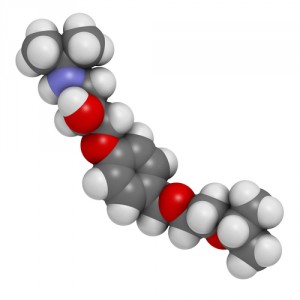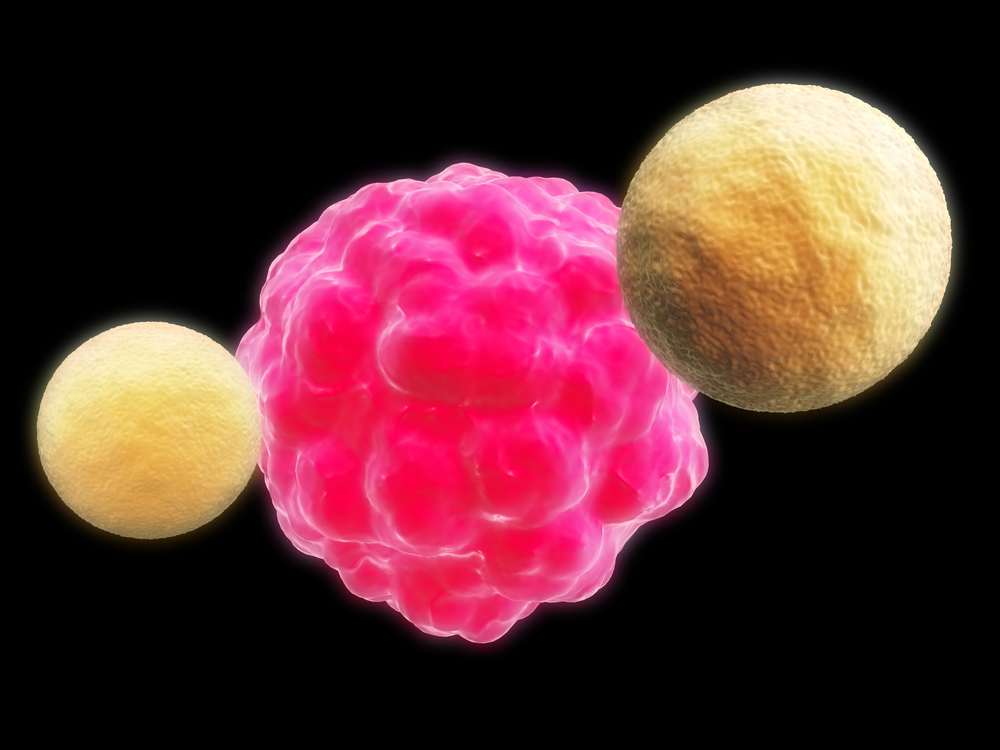 Researchers at the University of Manchester found that graphene, a carbon based material, targets and selectively kills lung cancer stem cells. The results were published in Oncotarget and entitled “Graphene oxide selectively targets cancer stem cells, across multiple tumor types: Implications for non-toxic cancer treatment, via “differentiation-based nano-therapy.”
Researchers at the University of Manchester found that graphene, a carbon based material, targets and selectively kills lung cancer stem cells. The results were published in Oncotarget and entitled “Graphene oxide selectively targets cancer stem cells, across multiple tumor types: Implications for non-toxic cancer treatment, via “differentiation-based nano-therapy.”
Cancer stem cells (CSCs) are tumor-initiating cells that have an increased resistance to conventional therapy such as chemotherapy and radiation. These cells have the ability to give rise to many different tumor cell types and are responsible for the spread of cancer within the body — known as metastasis — responsible for 90% of cancer deaths.
“They also play a crucial role in the recurrence of tumours after treatment. This is because conventional radiation and chemotherapies only kill the ‘bulk’ cancer cells, but do not generally affect the CSCs,” explained Michael Lisanti, study leader, in a news release.
The research team designed a system to study CSCs in culture, since in contrast with non-CSCs of lung tumor cells that die when in suspension, lung CSCs proliferate and form 3D-spheroid-like structures, lung tumor-spheres.
Graphene is a carbon based material with multiple applications due to its unique electronic properties. Graphene oxide (GO) is the water-soluble derivative of grapheme, and is easier to manipulate and test in biological systems. Lisanti’s team prepared two types of GO: small and big flakes. Both grapheme oxide formulations inhibited lung cancer sphere-forming cells, forcing them to differentiate into non-CSCs.
Because grapheme oxide is stable in water and has shown potential in biomedical applications, it can readily enter or attach to the surface of cells, making it a candidate for targeted drug delivery. In this work, surprisingly, it was the graphene oxide itself that was proven effective against lung cancer cells.
“Cancer stem cells differentiate to form a small mass of cells known as a tumour-sphere. We saw that the graphene oxide flakes prevented CSCs from forming these, and instead forced them to differentiate into non-cancer stem-cells,” explained study author Aravind Vijayaraghavan.
Based on these promising results, the authors suggest GO should be used in combination with conventional lung cancer treatments: “Our results also show that graphene oxide is not toxic to healthy cells, which suggests that this treatment is likely to have fewer side-effects if used as an anti-cancer therapy.”


